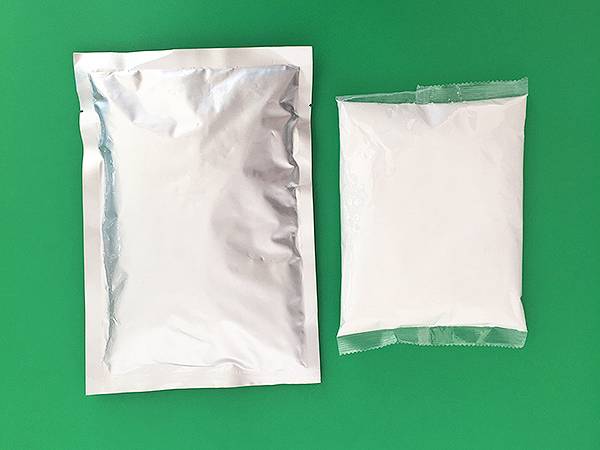



polyacrylamide toxicity
Understanding the Toxicity of Polyacrylamide
Polyacrylamide is a synthetic polymer widely used in various industries, including healthcare, agriculture, and waste management. Its versatility and effectiveness as a flocculant, absorbent, and stabilizer have led to its increased usage in many applications. However, concerns regarding its toxicity have prompted research into its environmental and health impacts.
What Is Polyacrylamide?
Polyacrylamide (PAM) is formed through the polymerization of acrylamide, a compound that is classified as a neurotoxin. The physical and chemical properties of polyacrylamide make it useful in applications such as soil stabilization, water treatment, and enhancement of oil recovery. Despite its benefits, the potential for toxicity associated with its monomer, acrylamide, raises questions about the safety of polyacrylamide products.
Health Concerns
The primary concern about polyacrylamide toxicity relates to acrylamide, which can be released into the environment during its use or degradation. Acrylamide is known to be neurotoxic, with studies indicating that exposure could lead to various neurological disorders. The compound has received attention for its potential carcinogenic properties as well; laboratories have shown that it can induce tumors in laboratory animals, leading the International Agency for Research on Cancer (IARC) to classify acrylamide as a possible human carcinogen.
While polyacrylamide itself is considered to have low toxicity, it can hydrolyze in water, releasing acrylamide. The degree of this hydrolysis depends on factors such as pH, temperature, and the concentration of polyacrylamide. Consequently, the longer polyacrylamide remains in the environment or in contact with water, the greater the risk of acrylamide exposure.
polyacrylamide toxicity

Environmental Impact
Polyacrylamide’s environmental impact is another area of concern. When used in agriculture and water treatment, it can affect soil and aquatic ecosystems. Studies have shown that when polyacrylamide is released into soil, it may interact with soil microorganisms and alter the soil structure, potentially leading to adverse effects on plant growth. Additionally, in aquatic environments, polyacrylamide can affect water quality and aquatic life, particularly if decomposed into acrylamide.
Mitigation Measures
To address the toxicity concerns associated with polyacrylamide, several mitigation measures can be employed. Regulatory agencies recommend limiting the use of polyacrylamide products where possible, especially in areas prone to water contamination. Implementing proper application techniques can minimize the risk of acrylamide leaching into groundwater. Additionally, replacing acrylamide-based products with less toxic alternatives can be beneficial, particularly in sensitive environments.
Regular monitoring of acrylamide levels in agricultural runoff and wastewater can help assess the risks associated with polyacrylamide usage. Public awareness campaigns can also inform users about the potential hazards and promote safer usage practices.
Conclusion
While polyacrylamide is a powerful tool in various applications, its potential toxicity, primarily attributed to its acrylamide component, cannot be overlooked. Striking a balance between utilising the benefits of polyacrylamide and managing its associated risks is essential. By adopting safer practices, regulating its use, and fostering awareness of its environmental impact, we can mitigate the toxic effects of polyacrylamide on health and the environment, ensuring a safer future for both people and the planet.
-
Why Sodium Persulfate Is Everywhere NowNewsJul.07,2025
-
Why Polyacrylamide Is in High DemandNewsJul.07,2025
-
Understanding Paint Chemicals and Their ApplicationsNewsJul.07,2025
-
Smart Use Of Mining ChemicalsNewsJul.07,2025
-
Practical Uses of Potassium MonopersulfateNewsJul.07,2025
-
Agrochemicals In Real FarmingNewsJul.07,2025
-
Sodium Chlorite Hot UsesNewsJul.01,2025










